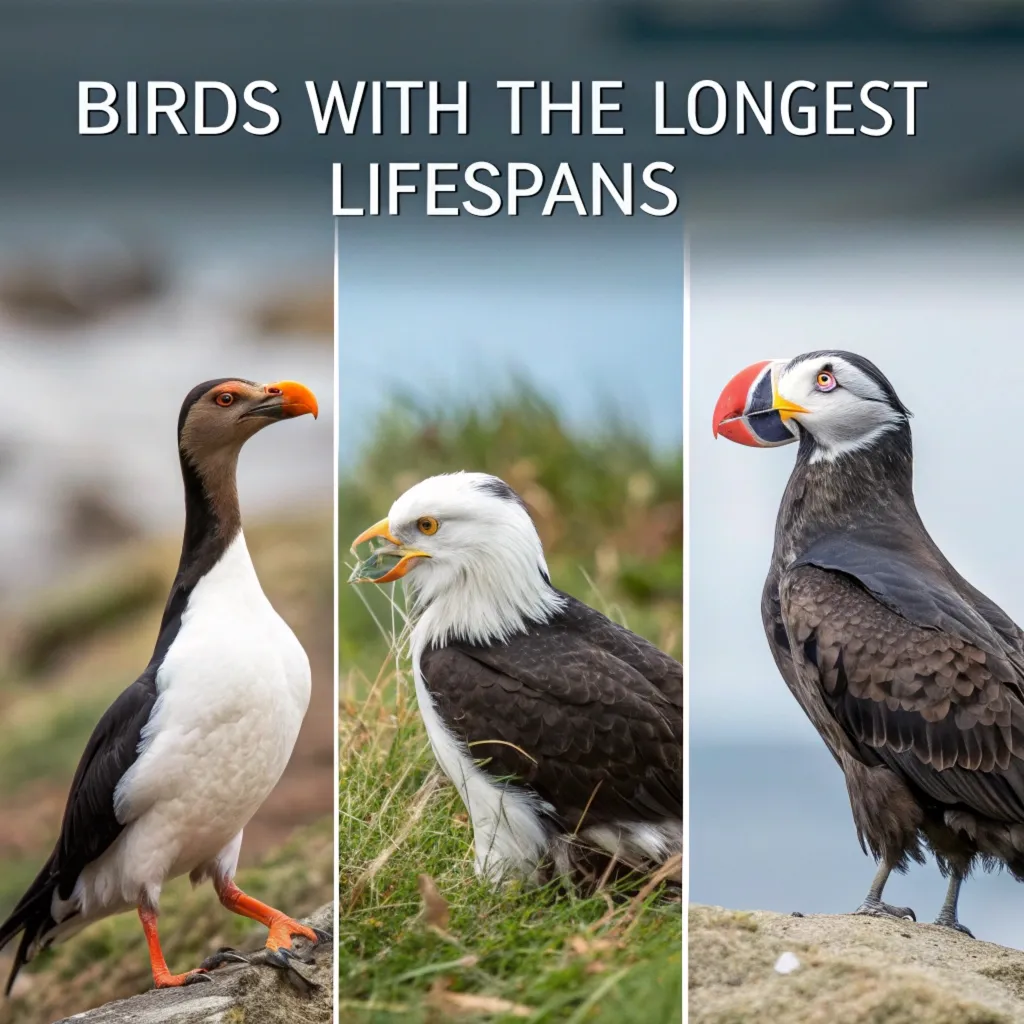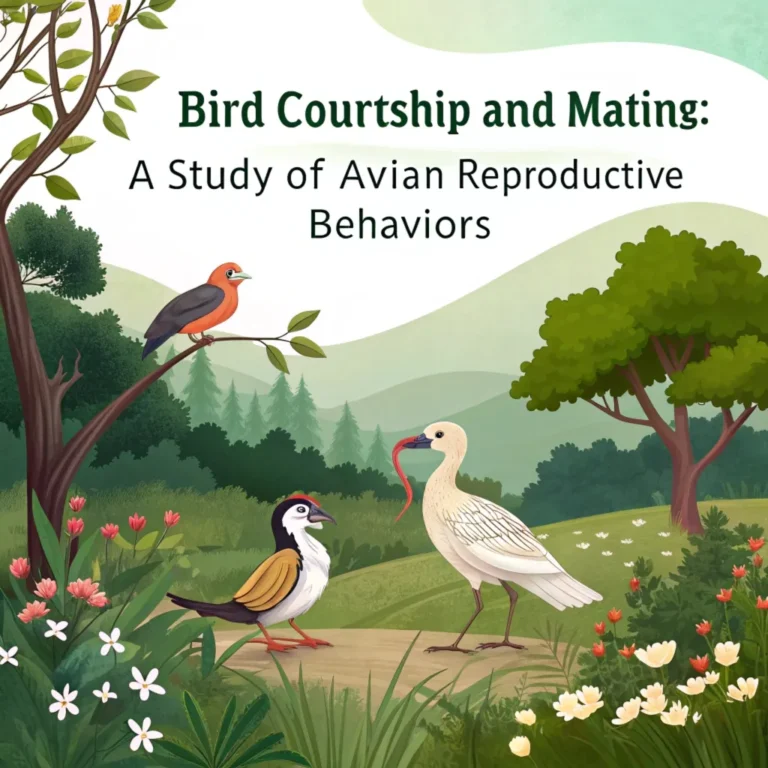13 Birds with the Longest Lifespans: Meet the Avian Elders of the Sky
Birds are not just beautiful creatures that grace our skies; they also possess remarkable lifespans that often surprise us.
Among the avian world, certain species stand out for their longevity, living for decades and sometimes even reaching impressive ages.
This blog post will introduce you to 13 birds with the longest lifespans, showcasing their unique characteristics and habitats.
From the majestic Laysan Albatross to the intelligent African Grey Parrot, these avian elders remind us of nature’s wonders and resilience.
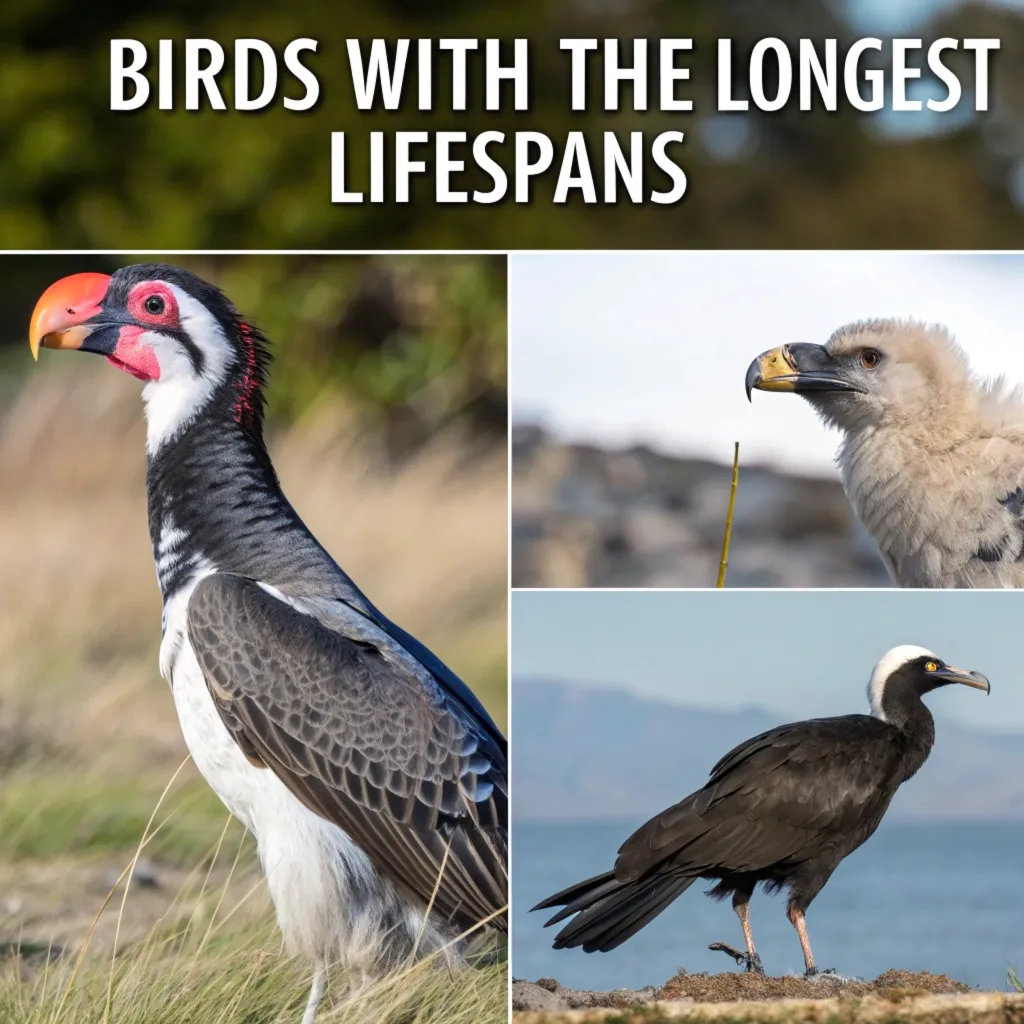
Key Takeaways
- Laysan Albatross: Known as Wisdom, this bird holds the record for the oldest wild bird at 74 years old.
- Macaws: These vibrant parrots can live up to 80 years, making them one of the longest-living bird species.
- Cockatoos: With lifespans reaching up to 70 years, they are affectionate companions known for their playful nature.
- African Grey Parrots: Renowned for their intelligence, they can live between 40 to 60 years in captivity.
- Andean Condors: These large birds can soar high and live up to 50 years, primarily found in mountainous regions.
- Flamingos: These elegant birds can live up to 40 years in the wild, known for their striking pink feathers.
- Golden Eagles: They can live up to 32 years in the wild and even longer in captivity, showcasing their adaptability.
- Ravens: Highly intelligent, they can thrive for over 30 years in various habitats.
- Penguins: Emperor penguins can live up to 20 years in the wild, with some reaching up to 30 years in captivity.
- Cranes: These graceful birds have a lifespan of around 30 years and are known for their social behavior.
- Parrotlets: Despite their small size, they can live up to 20 years with proper care.
- Ostriches: The largest bird in the world can live up to 40 years, known for their speed and strength.
- Swans: These majestic birds can live up to 30 years in the wild and even longer in captivity.
With these fascinating facts in mind, let’s delve deeper into each of these remarkable birds and discover what makes them true avian elders.
1. Laysan Albatross
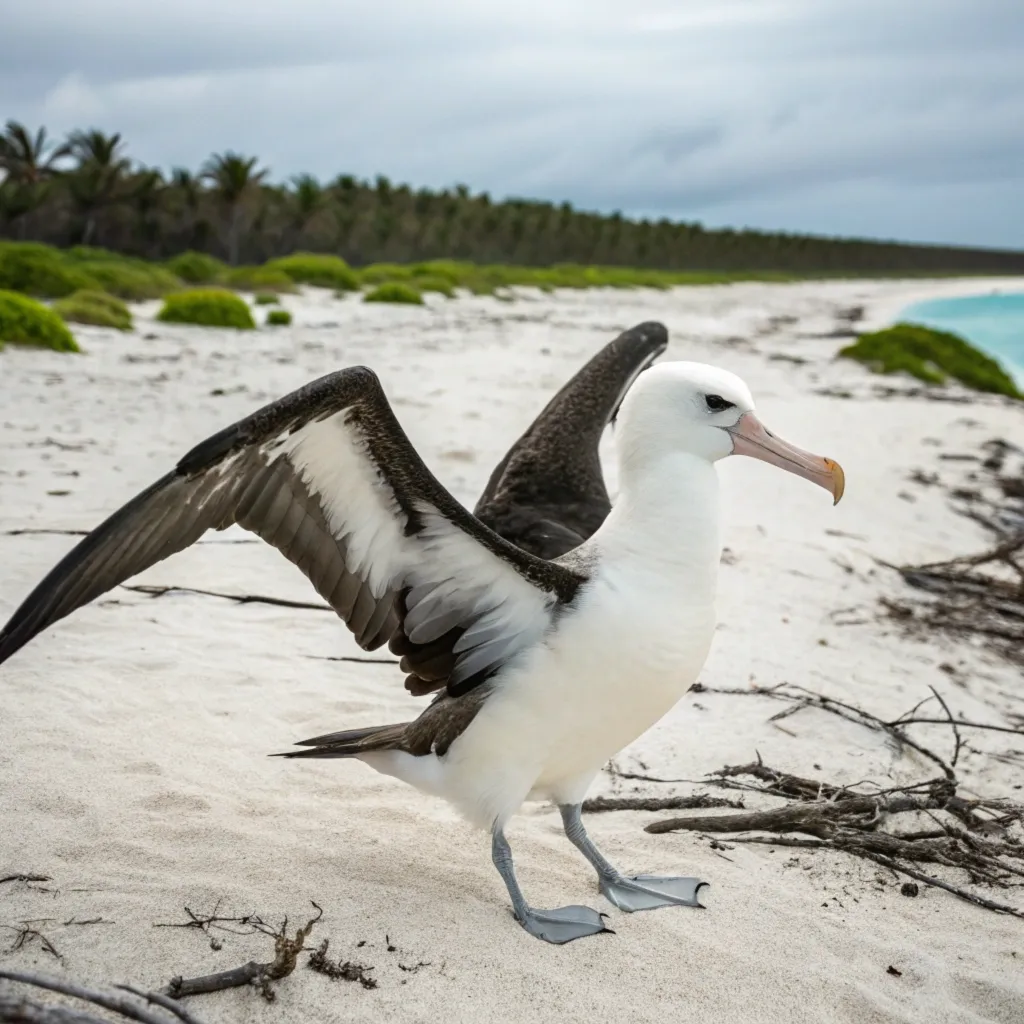
The Laysan Albatross is renowned for its incredible longevity. This seabird has captured hearts worldwide, particularly through its most famous member, Wisdom. At an astonishing age of 74, Wisdom is recognized as the oldest known wild bird.
She was first spotted in 1956 and has raised numerous chicks throughout her life. Laysan Albatrosses are expert soarers, capable of traveling vast distances across oceans with minimal wing flapping.
Their diet consists mainly of squid and fish eggs, highlighting their role as scavengers in marine ecosystems.
Albatrosses possess remarkable adaptations that contribute to their long lifespans. Their efficient flight techniques allow them to cover great distances with minimal energy expenditure, reducing the physical stress on their bodies.
Additionally, their slow maturation rate and delayed reproduction contribute to their longevity, as they invest more time in physical development before starting to breed.
The conservation of Laysan Albatrosses is crucial for maintaining their populations. These birds face threats from plastic pollution and fishing practices, which can lead to entanglement or ingestion of harmful materials.
2. Macaw
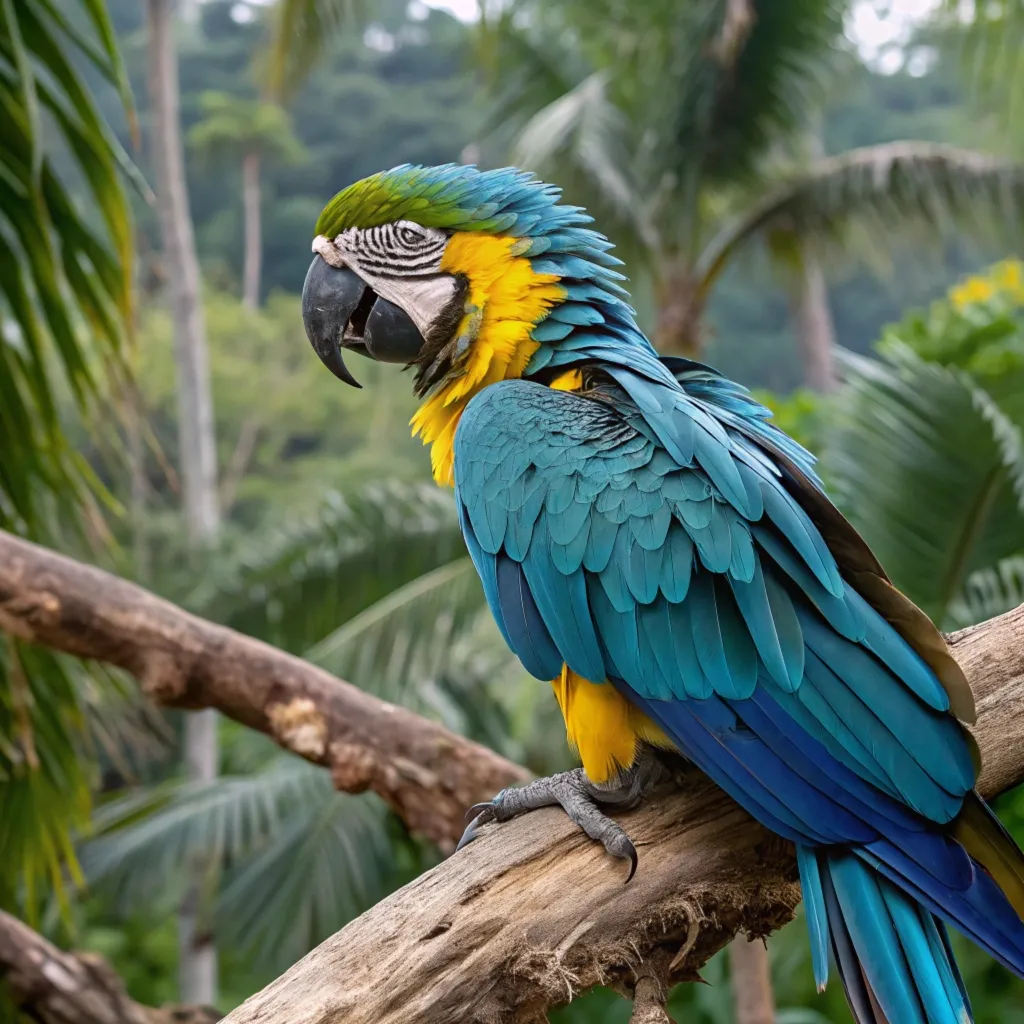
Macaws are not only visually stunning with their bright plumage but also boast impressive lifespans. These parrots can live between 50 to 80 years, depending on species and care conditions.
Known for their intelligence and ability to mimic human speech, macaws thrive in social environments.
Found primarily in tropical rainforests, they require a varied diet rich in fruits and nuts to maintain their health. Their playful nature makes them popular pets, but potential owners must be prepared for a long-term commitment.
Macaws possess several traits that contribute to their longevity. Their strong immune systems help them resist diseases, while their complex social structures in the wild provide support and protection.
In captivity, proper nutrition and mental stimulation are key factors in extending their lifespan.
The conservation status of many macaw species is concerning due to habitat loss and illegal pet trade. Efforts to protect their natural habitats and regulate breeding programs are essential for their survival.
3. Cockatoo
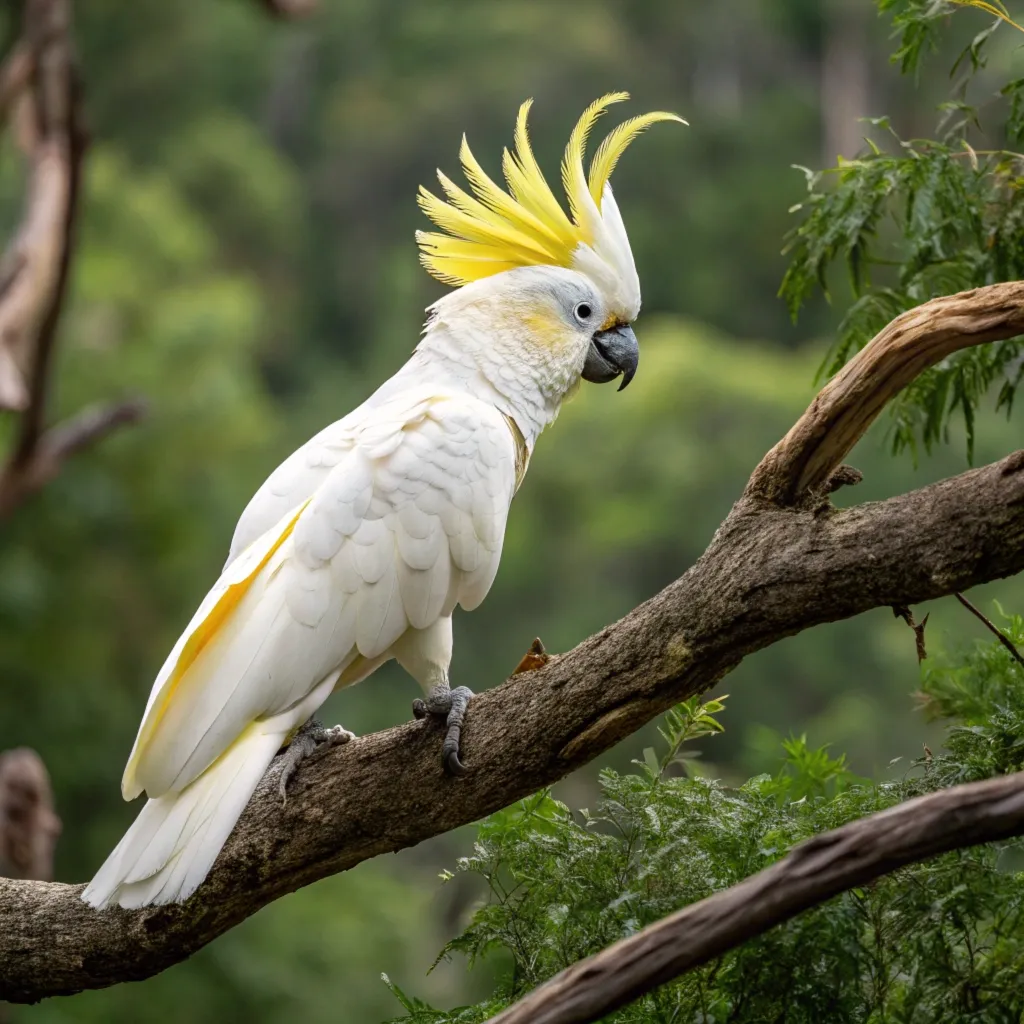
Cockatoos are beloved for their affectionate personalities and striking crests. With lifespans reaching up to 70 years, these birds form strong bonds with their caregivers.
They inhabit various environments from rainforests to urban areas and require a diet rich in seeds, nuts, and fruits. Cockatoos are known for their intelligence and ability to solve complex puzzles, which contributes to their long-term mental health and longevity.
Cockatoos have several adaptations that support their long lifespans. Their strong beaks allow them to crack open tough nuts and seeds, providing access to nutrient-rich foods.
Their social nature also plays a role in their longevity, as strong bonds with flock members or human companions can reduce stress and promote overall well-being.
The conservation of cockatoos is important, as some species face threats from habitat destruction and the illegal pet trade. Efforts to protect their natural habitats and educate the public about responsible pet ownership are crucial.
4. African Grey Parrot
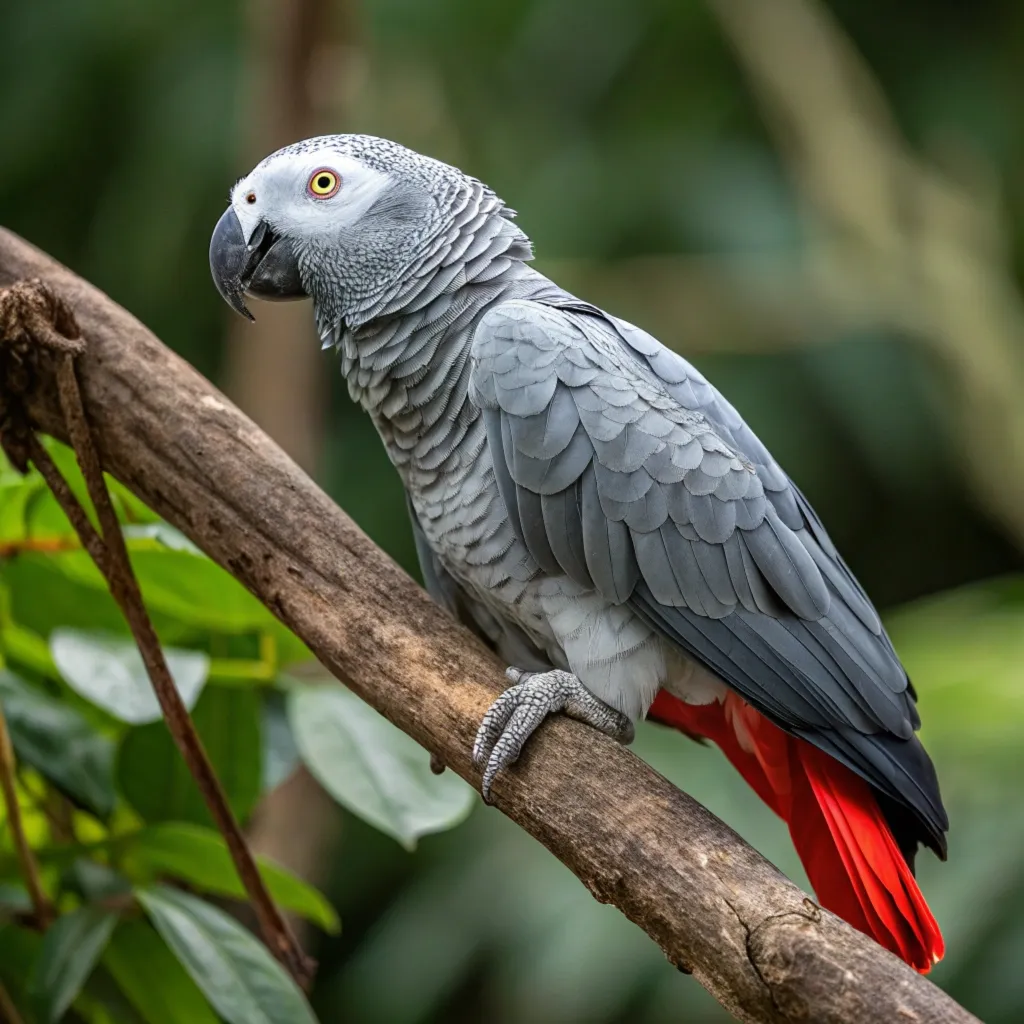
African Grey Parrots are renowned for their exceptional intelligence and impressive lifespan of 40 to 60 years in captivity.
These birds are native to the rainforests of West and Central Africa and are known for their remarkable ability to mimic human speech and understand complex concepts.
Their diet in the wild consists of fruits, nuts, and seeds, which contributes to their longevity when replicated in captivity.
African Grey Parrots possess several traits that contribute to their long lifespans. Their high intelligence allows them to adapt to various environments and solve problems, reducing stress and promoting mental health.
Additionally, their strong social bonds with flock members or human companions provide emotional support and stimulation.
The conservation status of African Grey Parrots is concerning due to habitat loss and illegal trapping for the pet trade. Efforts to protect their natural habitats and regulate the pet trade are essential for their survival in the wild.
5. Andean Condor
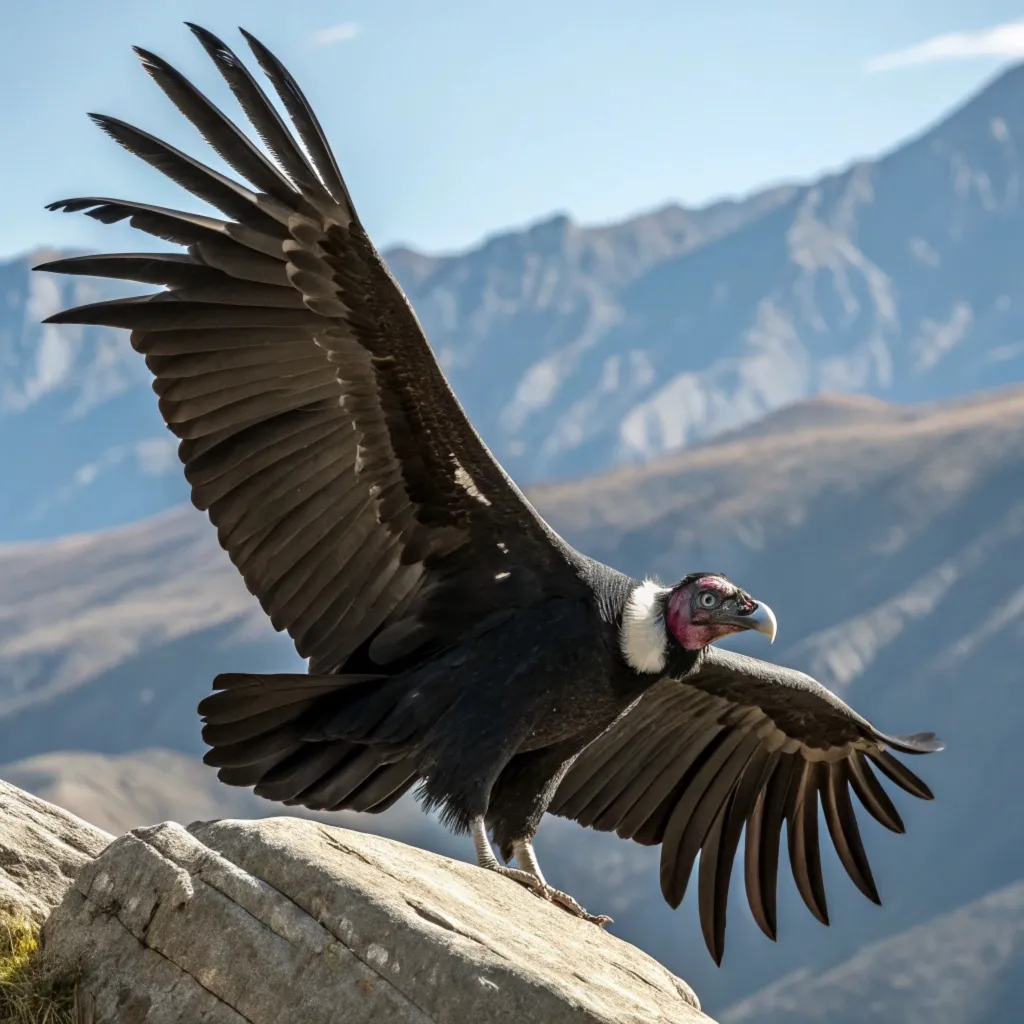
The Andean Condor is one of the largest flying birds in the world, with a lifespan of up to 50 years in the wild. These majestic birds are found in the Andes Mountains of South America and play a crucial role in their ecosystem as scavengers.
With a wingspan that can reach up to 10 feet, Andean Condors are expert gliders, using thermal updrafts to soar for hours with minimal energy expenditure.
Andean Condors have several adaptations that contribute to their longevity. Their large size and efficient flight techniques reduce the energy required for daily activities, while their scavenging diet provides a consistent food source.
Additionally, their slow reproductive rate allows them to invest more energy in self-maintenance rather than frequent breeding.
The conservation of Andean Condors is crucial, as they face threats from habitat loss and human persecution. Efforts to protect their habitats and educate local communities about their ecological importance are essential for their survival.
6. Flamingo
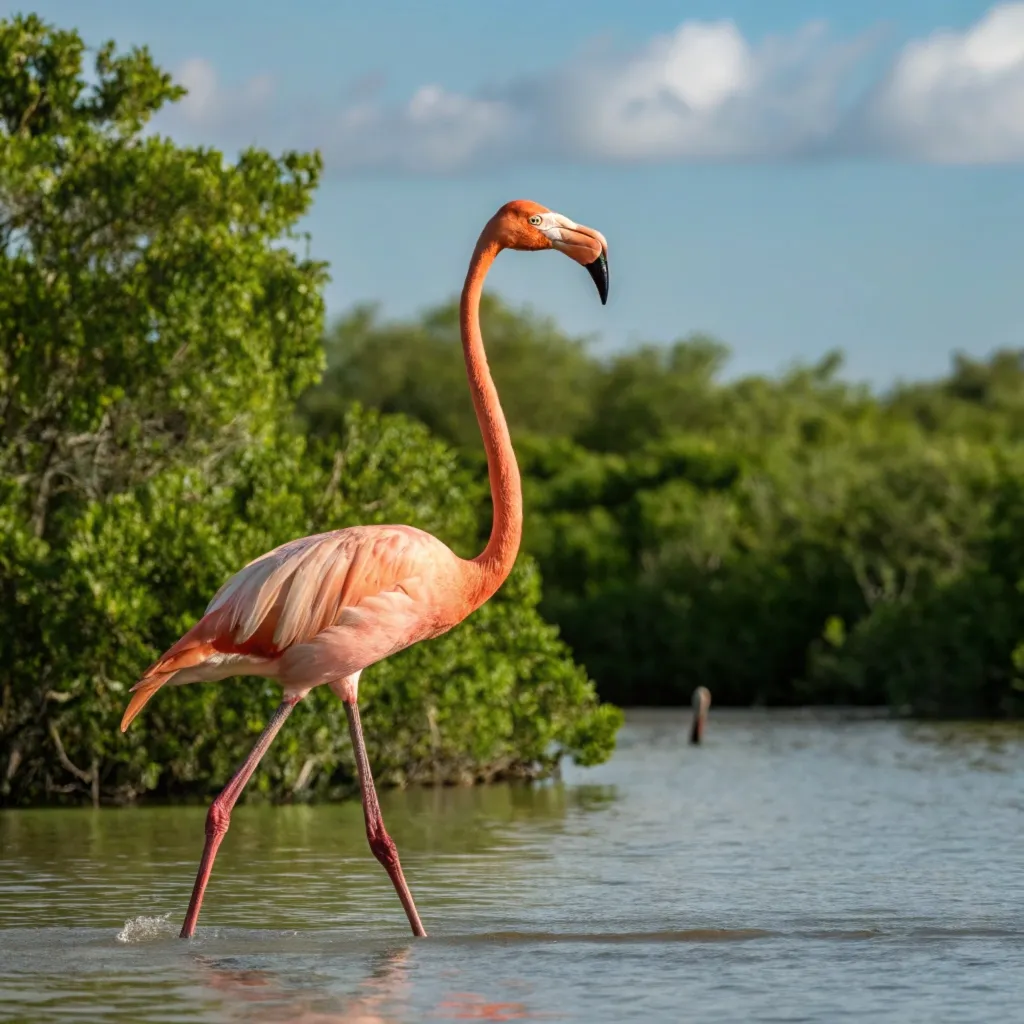
Flamingos are known for their striking pink plumage and can live up to 40 years in the wild. These social birds are found in various parts of the world, including Africa, Asia, and the Americas.
Their distinctive color comes from the carotenoid pigments in the algae and small crustaceans they consume. Flamingos are filter feeders, using their specialized beaks to strain food from the water.
Flamingos possess several traits that contribute to their longevity. Their unique feeding mechanism allows them to access abundant food sources in their habitats, while their social nature provides protection from predators.
Additionally, their ability to thrive in harsh environments, such as alkaline lakes, reduces competition for resources.
The conservation of flamingos is important, as some species face threats from habitat loss and pollution. Efforts to protect their breeding and feeding grounds are crucial for maintaining healthy populations.
7. Golden Eagle
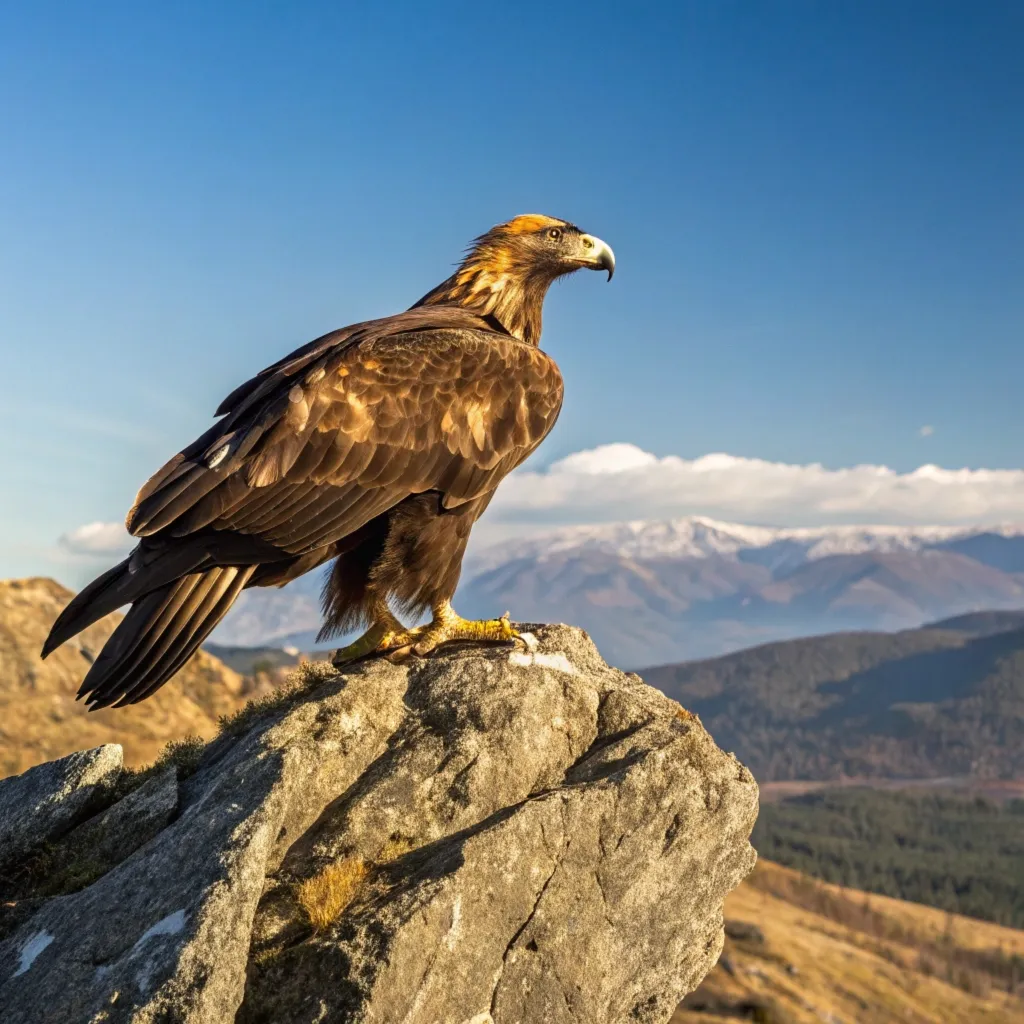
Golden Eagles are powerful birds of prey with a lifespan of up to 32 years in the wild. These majestic birds are found across the Northern Hemisphere and are known for their exceptional hunting skills.
With a wingspan of up to 7.5 feet, Golden Eagles are capable of taking down prey much larger than themselves, including small deer and goats.
Golden Eagles have several adaptations that contribute to their longevity. Their strong physical build and excellent vision make them efficient hunters, reducing the energy required to secure food.
Additionally, their ability to adapt to various habitats, from tundra to deserts, allows them to thrive in different environments.
The conservation of Golden Eagles is important, as they face threats from habitat loss and human persecution. Efforts to protect their nesting sites and educate the public about their ecological importance are crucial for their survival.
8. Raven
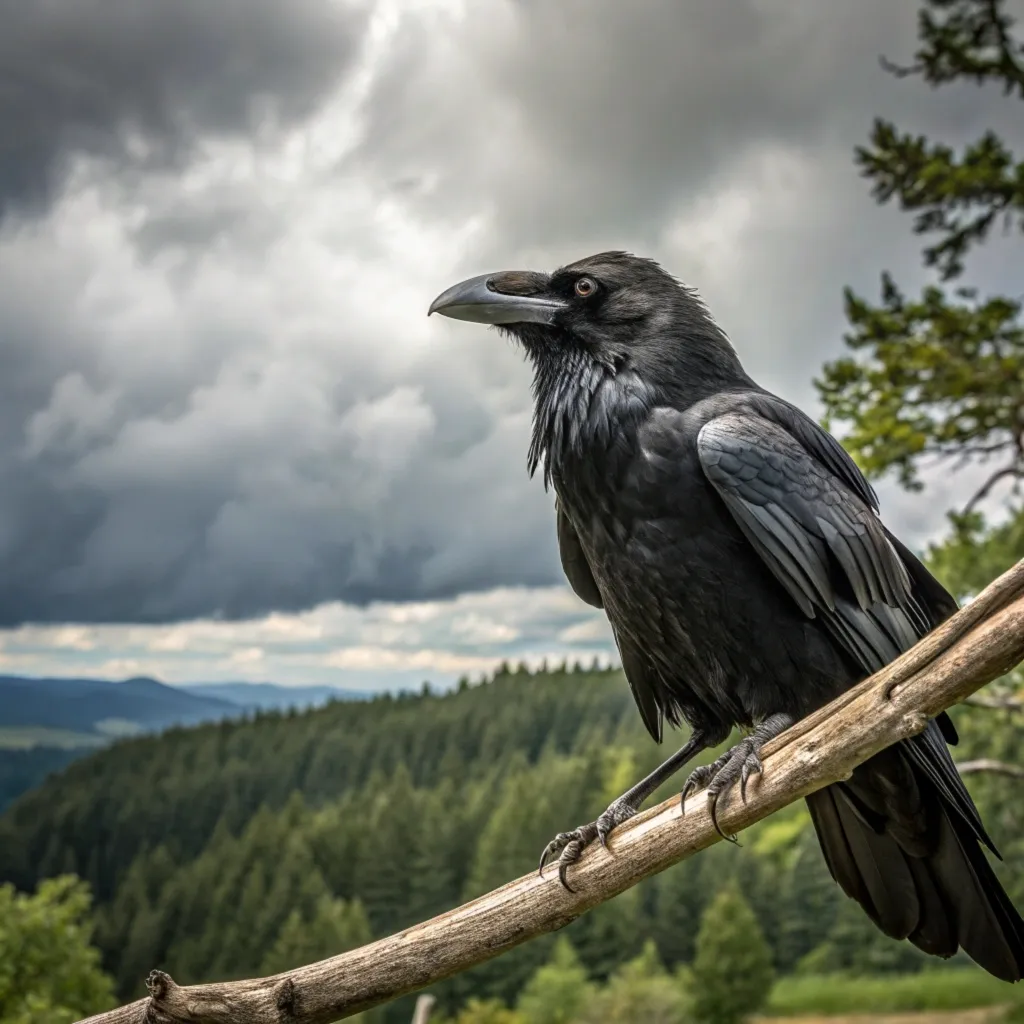
Ravens are highly intelligent birds that can live for over 30 years in the wild. These adaptable birds are found across the Northern Hemisphere and are known for their problem-solving abilities and complex social behaviors.
Ravens are omnivores, with a diet that includes everything from small animals to fruits and human food scraps.
Ravens possess several traits that contribute to their longevity. Their high intelligence allows them to adapt to various environments and food sources, while their social nature provides protection and support.
Additionally, their ability to thrive in both natural and urban settings increases their chances of survival.
The conservation of ravens is generally less concerning than for some other species, as they have adapted well to human presence. However, efforts to maintain their natural habitats and reduce conflicts with human activities are still important.
9. Emperor Penguin
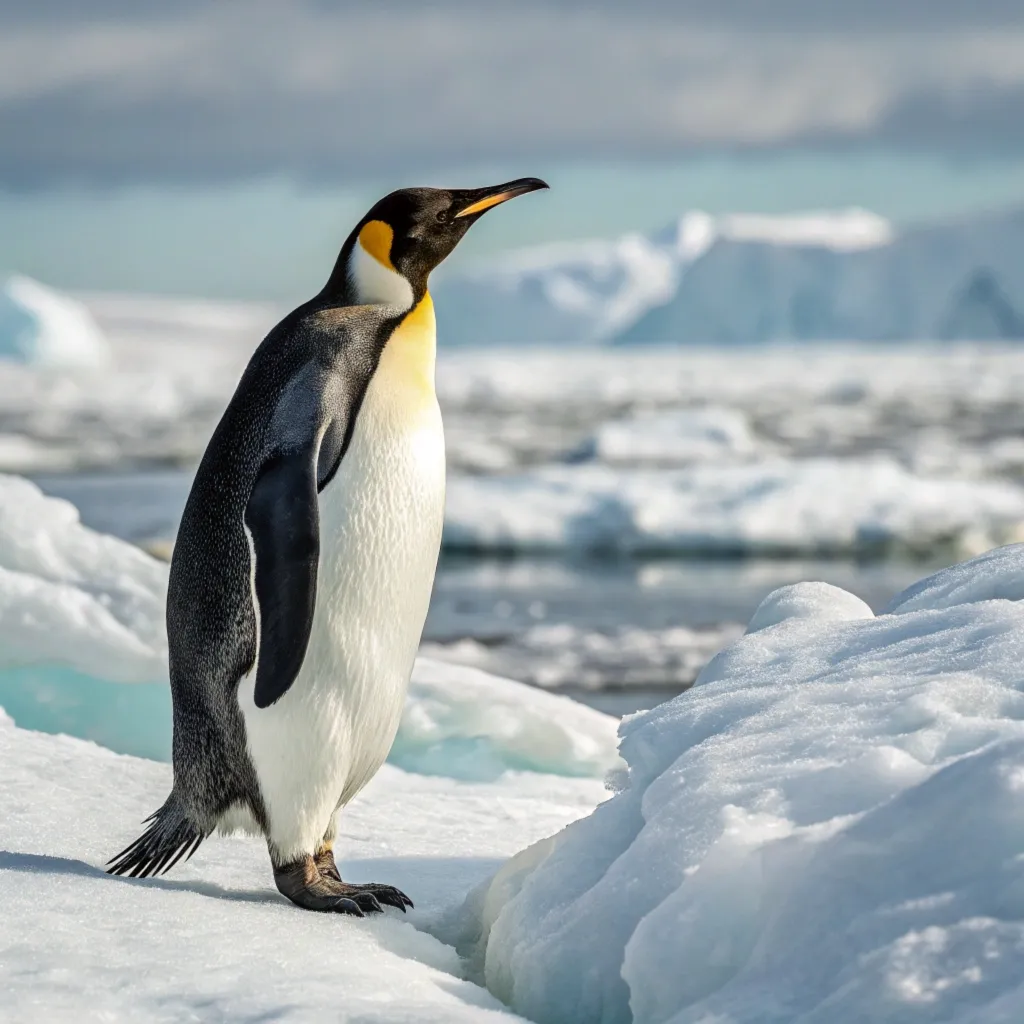
Emperor Penguins can live up to 20 years in the wild, with some individuals reaching 30 years in captivity. These remarkable birds are found exclusively in Antarctica and are known for their ability to survive in one of the harshest environments on Earth.
Emperor Penguins are the largest of all penguin species and are famous for their incredible breeding cycle, which involves males incubating eggs on their feet during the Antarctic winter.
Emperor Penguins have several adaptations that contribute to their longevity in such extreme conditions. Their thick layer of blubber and dense feathers provide excellent insulation, while their ability to form huddles helps conserve heat during the coldest months.
Additionally, their specialized diving abilities allow them to access abundant food sources in the ocean.
The conservation of Emperor Penguins is crucial, as they face threats from climate change and its effects on sea ice. Efforts to reduce global warming and protect their breeding grounds are essential for their survival.
10. Crane
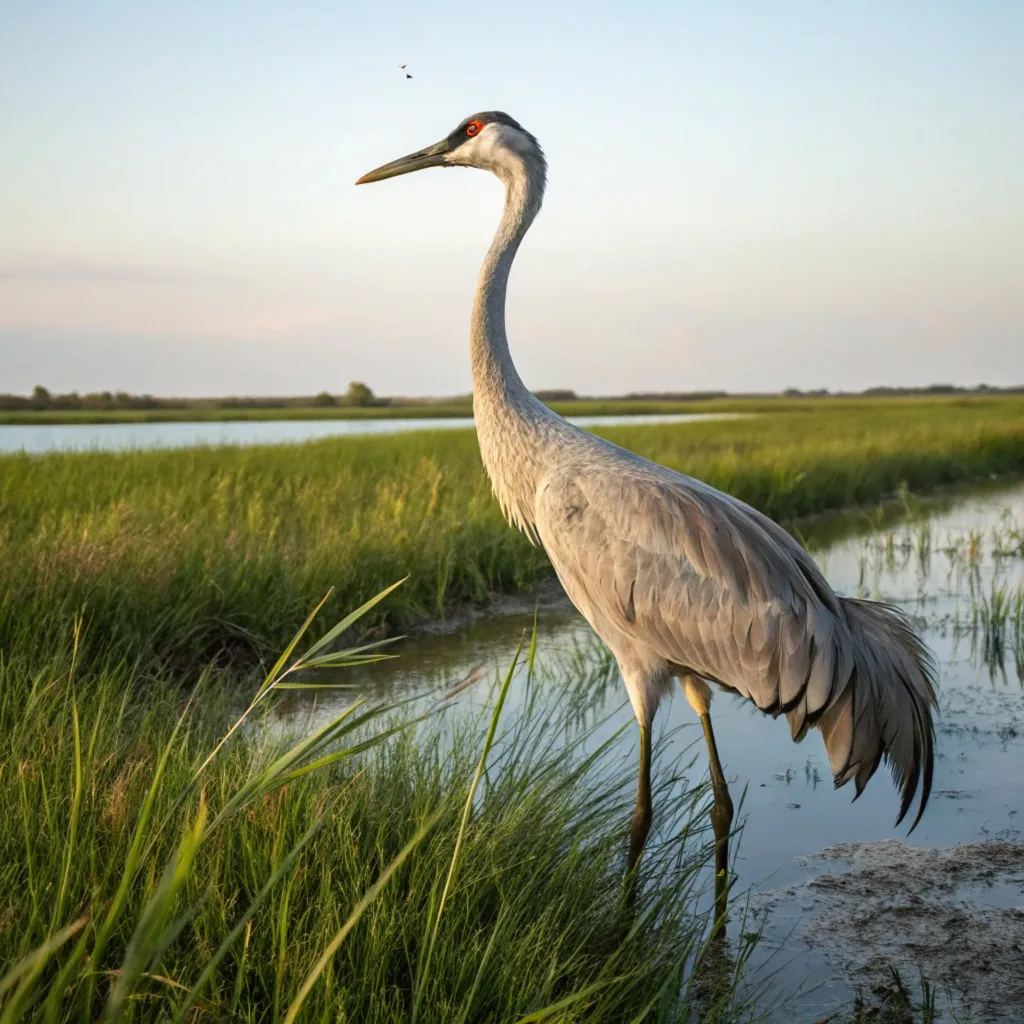
Cranes are graceful birds with a lifespan of around 30 years in the wild. These long-legged birds are found on every continent except Antarctica and South America.
Known for their elaborate courtship dances and loud, trumpeting calls, cranes play important roles in the cultures and mythologies of many societies.
Cranes possess several traits that contribute to their longevity. Their strong family bonds and social nature provide protection and support throughout their lives.
Additionally, their ability to adapt to various habitats, from wetlands to grasslands, increases their chances of survival in changing environments.
The conservation of cranes is important, as many species face threats from habitat loss and human activities. Efforts to protect their wetland habitats and migratory routes are crucial for maintaining healthy populations.
11. Parrotlet

Despite their small size, Parrotlets can live up to 20 years with proper care. These tiny parrots, native to Central and South America, are known for their big personalities and affectionate nature.
Parrotlets are popular pets due to their compact size and relatively quiet vocalizations compared to larger parrot species.
Parrotlets have several traits that contribute to their surprising longevity. Their high metabolism and active lifestyle help maintain their health, while their intelligence allows them to adapt well to captive environments.
Additionally, their strong pair bonds in the wild translate to close relationships with their human caregivers in captivity.
The conservation of wild Parrotlet populations is important, as some species face threats from habitat loss and the pet trade. Efforts to protect their natural habitats and regulate breeding programs are essential for their survival in the wild.
12. Ostrich

Ostriches, the largest birds in the world, can live up to 40 years in the wild. Native to Africa, these flightless birds are known for their impressive speed, reaching up to 43 miles per hour.
Ostriches have a unique digestive system that allows them to eat a wide variety of foods, including plants, insects, and small animals.
Ostriches possess several adaptations that contribute to their longevity. Their large size deters many predators, while their powerful legs provide both defense and the ability to escape danger quickly.
Additionally, their efficient digestive system allows them to extract maximum nutrition from their food, supporting their long-term health.
The conservation of ostriches is important, as they face threats from habitat loss and hunting. Efforts to protect their natural habitats and regulate ostrich farming practices are crucial for maintaining healthy wild populations.
13. Swan
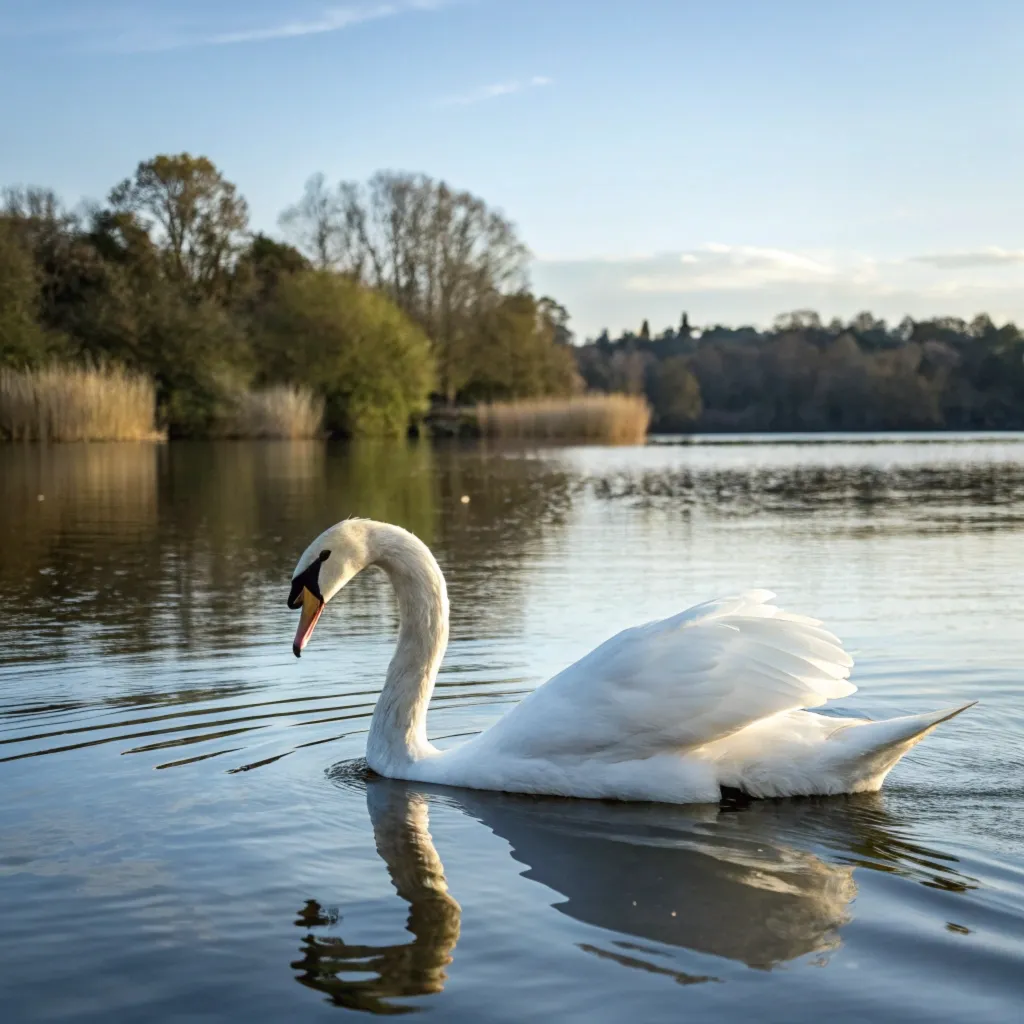
Swans are majestic birds that can live up to 30 years in the wild and even longer in captivity. These large waterfowl are found in temperate regions across the Northern and Southern Hemispheres.
Known for their graceful appearance and strong pair bonds, swans have long been symbols of love and fidelity in many cultures.
Swans have several traits that contribute to their longevity. Their large size deters many predators, while their ability to fly long distances allows them to access different food sources and habitats. Additionally, their strong family bonds provide protection and support throughout their lives.
The conservation of swans is important, as some species face threats from habitat loss and pollution. Efforts to protect wetland habitats and reduce water pollution are crucial for maintaining healthy swan populations.
FAQs
How does the lifespan of birds compare to other animals?
Bird lifespans vary greatly depending on the species, but many birds live longer than mammals of similar size. For example, some parrots can live up to 80 years, which is much longer than most dogs or cats. However, larger mammals like elephants and whales generally have longer lifespans than birds.
What factors contribute to the long lifespans of certain bird species?
Several factors contribute to the longevity of birds, including their metabolic rate, diet, habitat, and evolutionary adaptations. Birds with efficient flight mechanisms, strong immune systems, and the ability to adapt to various environments tend to have longer lifespans.
How do captivity and wild conditions affect bird lifespans?
In general, birds in captivity tend to live longer than their wild counterparts due to regular veterinary care, protection from predators, and consistent food supply. However, the quality of care and living conditions in captivity significantly impact a bird’s lifespan.
Are there any birds that have lifespans comparable to humans?
While no bird species consistently lives as long as humans, some individual birds have reached impressive ages. For example, a Laysan Albatross named Wisdom is at least 74 years old and still breeding, which is remarkable for a wild bird.
How do scientists determine the age of wild birds?
Scientists use various methods to estimate the age of wild birds, including banding programs, which involve attaching small, numbered bands to birds’ legs and tracking their recaptures over time. Some species also show physical changes as they age, which can help estimate their age.
What impact does climate change have on the lifespan of birds?
Climate change can significantly affect bird lifespans by altering their habitats, food sources, and migration patterns. Some species may struggle to adapt to these changes, potentially leading to reduced lifespans and population declines.
How can we help protect long-lived bird species?
To protect long-lived bird species, we can support conservation efforts, reduce pollution, preserve natural habitats, and educate others about the importance of these birds in their ecosystems. Additionally, responsible pet ownership and supporting ethical wildlife tourism can help protect wild bird populations.

Joyce is the passionate founder of Chirping Hearts, a website dedicated to sharing her love for birds and providing valuable information about avian life. With a background in ornithology and years of experience in birdwatching, Joyce aims to inspire others to appreciate the beauty and diversity of birds. Through her engaging articles and guides, she hopes to foster a community of bird enthusiasts who share her enthusiasm for these incredible creatures. When she’s not writing, Joyce enjoys exploring nature trails and observing birds in their natural habitats.

